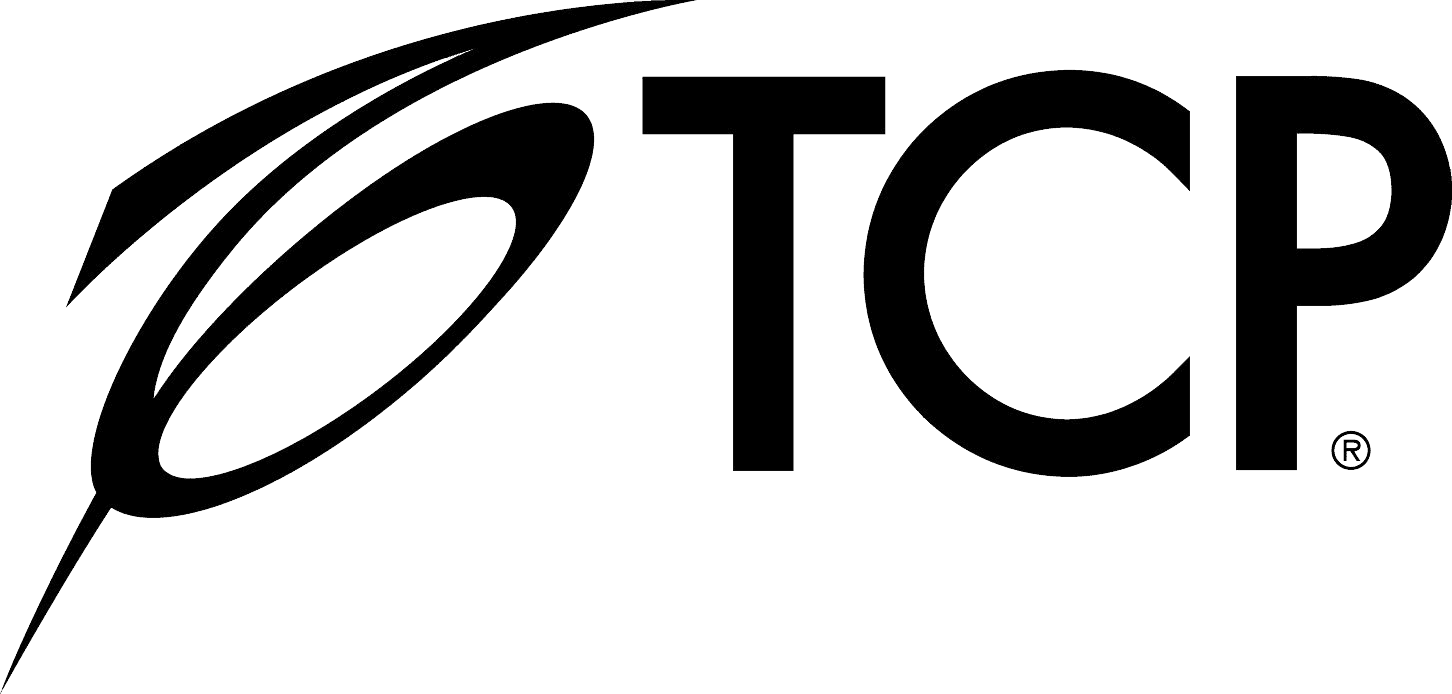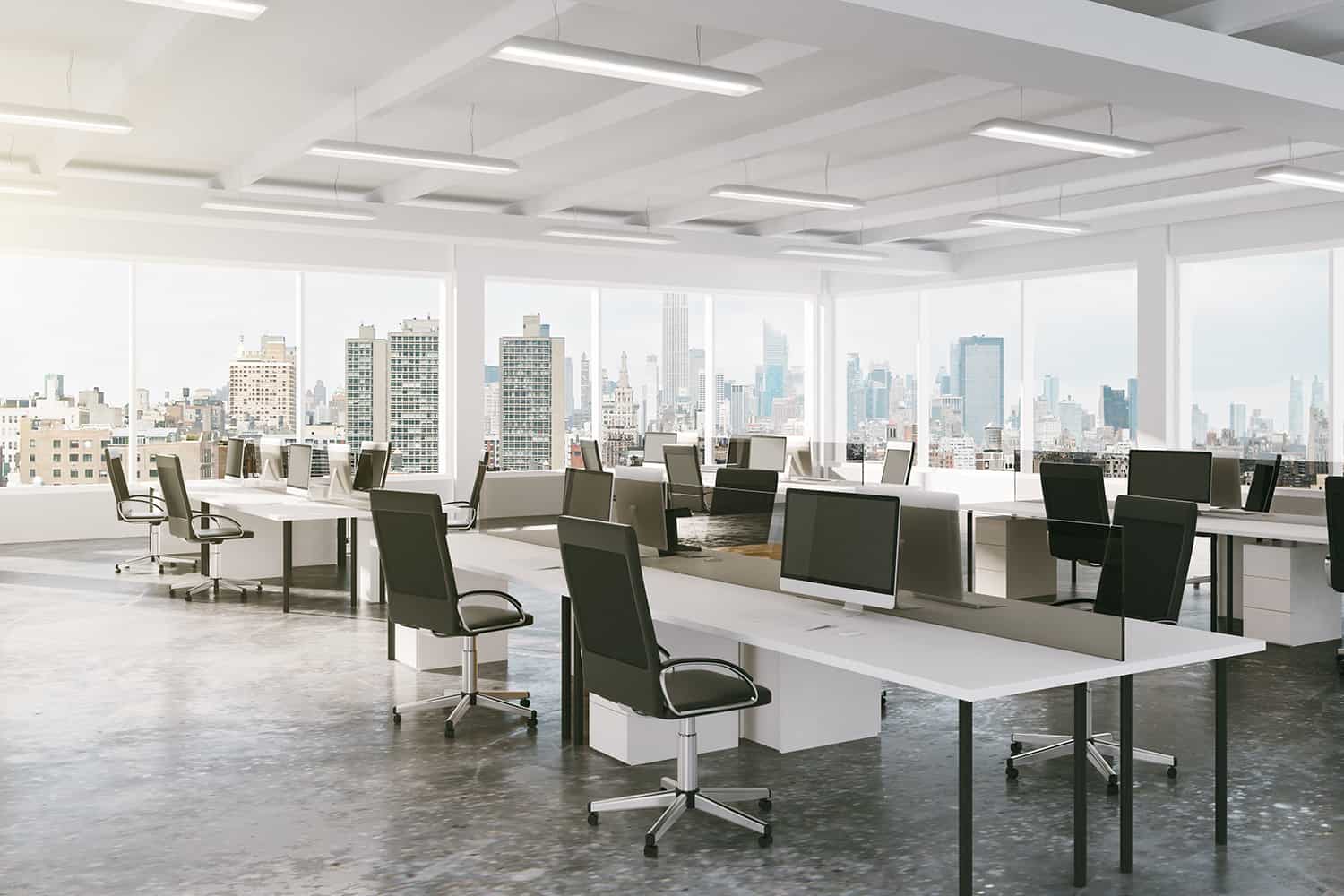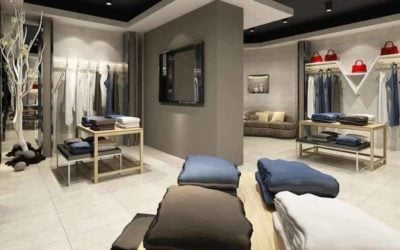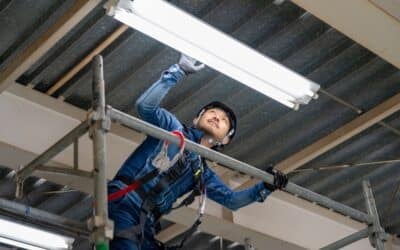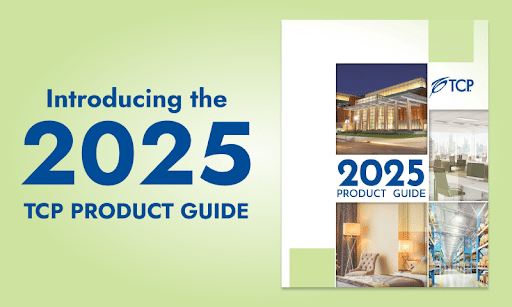Replacements or Retrofits for Commercial Indoor Lighting Installs
Advanced lighting systems can increase the cost of your construction projects if you don’t have your goals prioritized. It will affect lighting product purchases, such as troffers, retrofit kits and/or LED replacement tubes. Therefore, it’s important to understand the building owner’s priorities and map out your goals before starting the construction or retrofit of the lighting system. Some of those priorities could be any one of the following:
- Increase energy savings
- Decrease maintenance and labor costs
- Improve look and feel by creating uniformity of illumination
- Reduce environmental impact and preserve natural resources
- Comply with energy codes
In this post, we’ll be answering a common question from contractors:
Should I buy a replacement troffer, retrofit kit or LED replacement tubes?
One is not necessarily better than the other. It merely depends on what you’re trying to accomplish with your lighting project.
Priority Example #1: Increase Energy Savings
LEDs use 87 percent less energy than halogen lamps and have a 25,000 to 50,000 hour lifespan. Say your facility leaves its lamps on for 24 hours per day; lamps won’t have to be replaced for almost six years.
The following are items to consider when measuring ROI on energy savings:
- Amount of hours lights are on each day
- Number of days per week lights are in use
- Number of existing and new fixtures and lamps
- Wattage amount of existing fixtures and new lamps
- Current kWh rate
- Estimated cost of yearly maintenance
- Installation cost for lighting
Another way to save on energy is by utilizing controls. When using dimming on top of the efficiency of LEDs, you could save your building’s owner a significant amount in energy savings. By dimming the LEDs, you can extend the life of the driver in the lamps.
Depending on your state, you could qualify for a utility rebate for purchasing energy efficient lighting options. Utilities set annual energy saving goals for helping to offset the cost of building a new power plant and have incentive programs to reduce energy consumption. Check the DesignLights Consortium™ (DLC) Qualified Products List (QPL) to help you decide on what’s energy efficient.
Priority Example #2: Decrease Labor, Maintenance and Disposal Costs
LED lamps are relatively small, solid and very efficient. LEDs are known to bring more value because they last longer. So if you want to decrease maintenance and labor costs, LEDs are a good option because there won’t be as many replacements. Therefore, you won’t have to pay workers to replace a lamp and purchase new replacement product.
Also, while a new fixture may improve the look and feel of your facility, it may cost more if you have to open up the ceiling and a new permit is needed. Installing a retrofit kit or LED replacement tubes can be simple, because all you have to do is remove the existing lamps, ballast, sockets and brackets. It all depends on the application for how simple the installation will be.
LED lamps also help with decreasing disposal costs since fluorescents have specific requirements for disposal to preserve our natural environment.
Priority Example #3: Improve Look and Feel
When an owner is looking at creating uniformity, he or she is looking at enhancing the visual quality, and that’s all about combining visual comfort with efficiency. LEDs are good for lighting quality because of the intensity of illumination on the areas of interest and the uniformity of illumination. Unlike fluorescent lamps, LEDs are more focused and there is not as much light being wasted.
A LED lighting product is good for those looking for an improved look and feel. If you have an older lighting system, a retrofit kit could be good to update the fixture with new technology, but retrofits are only good when the lighting design is satisfactory and you’re merely looking for efficiency. A retrofit kit could possibly change the look of that fixture, too. Therefore, it can change the look and feel of your whole lighting space, depending the type of retrofit kit you are using in the project.
Having balanced light distribution throughout your space can make it a wonderful place to spend time, but bad lighting can make the finest contracting work look cheap. That’s why we suggest a LED lighting product for those looking for quality lighting to get an improved look. But because LEDs don’t waste light like a fluorescent, you can get more light within the space. Therefore, you must make sure that you’re buying the correct number of fixtures and spacing them out evenly.
Also, depending on the application, you may or may not need a diffuser for even light distribution. A diffuser conceals the LED chips from creating spotted light. For example, jewelry stores may want spotted light because it can help show off the diamonds’ sparkle.
Because fluorescent lamps don’t last as long, you could get burn outs, which are very unattractive in a facility. The more times you replace a lamp, the higher the chance you’ll have that the replacement lamp won’t match the fixture. LED lamps not only last longer, but they also don’t burn out; rather, LEDs get dimmer as time progresses.
As a result, when a building owner is looking to improve the style and look of the facility’s lighting, consider replacing the old troffer with a new, LED troffer. Depending on your state, there could be utility rebates available for new troffer installations. Also, you may not need as many troffers as you think. Many people over light and don’t realize they can get similar quality lighting by having less fixtures.
Priority Example #4: Reduce Environmental Impact
LEDs are an environmentally friendly option. They last longer than other lighting products, and they won’t need replaced nearly as often. LEDs contain no mercury and can use less heat, potentially reducing cooling costs. Therefore, a LED lighting product would be good for a project with this kind of priority.
If the building owner wants to preserve what he or she has, it will be better to go with retrofit kits or replacement LED tubes. Most retrofits can be installed while the fixture remains in place, which is decreasing waste from the project. However, if your current light fixtures are in bad condition or in the wrong location, it may make sense to go with an energy efficient troffer.
Fluorescent lamps contain mercury, so it is important to properly dispose of fluorescent lamps. Most curbside recycling programs do not accept fluorescent lamps, so check your local hardware stores to see if they’ll recycle your old lamps.
The government also recognized the importance of recycling because of the mercury getting into the environment from landfills. Therefore, Restriction of Hazardous Substances (RoHS) was created to avoid pollution.
Priority Example #5: Comply with Energy Codes
Lighting accounts for an estimated 20 percent of electricity in commercial buildings, so it’s not a surprise that regulations are consistently evolving. Therefore, it’s your responsibility to make sure the project’s troffers are complying with federal, state and local regulations. So if you’re buying an energy efficient lighting option anyways, meeting those federal regulations shouldn’t be a problem. It’s the state and local regulations that get a little tricky because every construction project is different. You’ll need to consult with your local utility company contact for exact requirements and state compliance.
For example, the Chicago Plenum states that any fixture installed in Chicago needs to have special gasketing to completely enclose the fixture wireway to prevent electrical fires. Also, the New York City code for light fixtures requires them to be built with 20-guage steel or better. It ensures the fixture is durable.
Another example is part six of title 24 by the California Building Standards Code, which was created to reduce energy consumption without compromising the quality of lighting in California. It limits the amount of watts installed in a facility, and it requires lighting to be controlled for efficient operation. Many applications are now required to have advanced dimming controls, occupancy and daylight sensors.
If this is a new construction project, you’ll be able to pick from many control options with LEDs. When you’re retrofitting, there are limited options. With the energy reduction of controls, it’s more likely that other states will adopt standards like California’s. For that reason, it’s important to make sure there is proper pairing of the controls with the fixtures, and LED technology will help you to achieve just that.
Another compliancy issue can happen when replacing a troffer because a new permit may be needed. While it may seem like a simple installation, there could be more involved once you open up that ceiling.
Related Articles
Enhancing Retail Spaces with LED Lighting Solutions
Effective retail lighting is essential for attracting and retaining customers, as it influences customer behavior, mood, and overall shopping experience. The Impact of Light Design on Customer Behavior Lighting plays a pivotal role in shaping how customers interact...
Lighting Maintenance in Industrial Facilities
Managing a warehouse facility is more than just keeping shelves organized. The lighting that constantly surrounds the people and products play a big part in the well-being of the business. Lighting maintenance in industrial facilities helps ensure safety, reduce...
Improve Learning Environments with LED Lighting Solutions
Creating an optimal learning environment requires more than just desks and whiteboards – lighting plays a crucial role in shaping students' focus, energy levels and overall well-being. Schools that insist on high-quality LED lighting solutions can enhance student...
